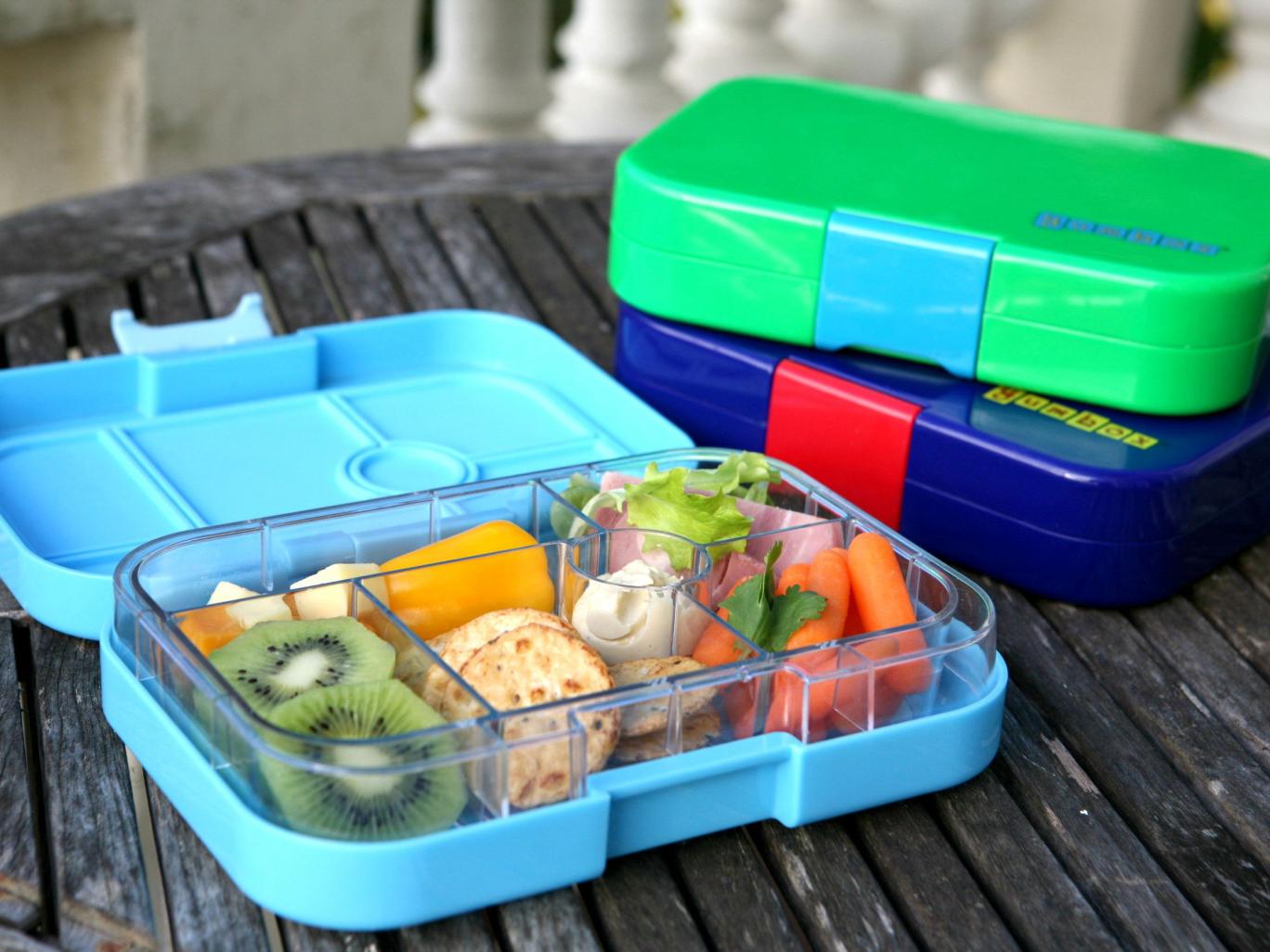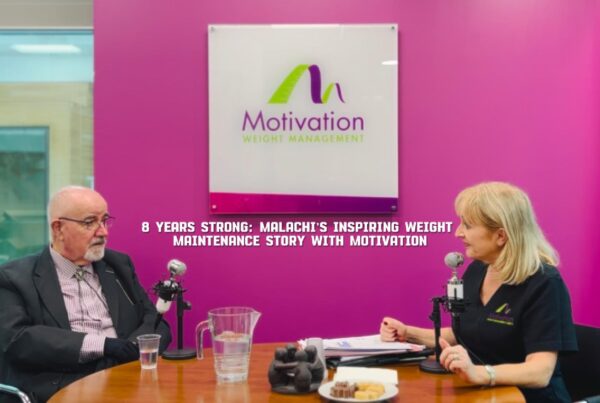
Healthy Foods to Give Your Kids
Healthy Foods to Give Your Kids: Many parents struggle to work out what they should be giving their kids to eat and drink. This is because there have been so many discoveries in recent times about hidden sugars and other unhealthy ingredients in things that we thought were okay. We want our children to be well nourished as they grow and develop, we want to do our best to keep them healthy and strong. Here’s a few options for kids that are healthy and provide sound nutrition instead of empty calories.
- GO BROWN – Carbohydrates provide the energy that children need to live and grow. They should provide 50-60 % of the energy a child needs from food. There are two kinds of carbohydrates, simple and complex.
The simple carbohydrates are found in MILK, FRUIT and REFINED SUGAR. Complex carbohydrates are also called starches and they are found in bread, crackers, pasta and rice. The best complex carbohydrates are those that haven’t been stripped of bran and germ which contain fibre, B vitamins and iron. They are called WHOLE GRAINS and are mainly brown in colour. Porridge oats, wholegrain pittas and wraps are healthy and high in fibre.
They will keep your child fuller for longer and the fibre will also prevent sugar from entering the blood stream too quickly.
- PROTEIN – Proteins provide the body with building blocks it needs to grow. These are called AMINO ACIDS. Twelve of these amino acids are required from the diet for growing children.
The best sources of protein are chicken, turkey, eggs, fish, meat (in moderation), dairy, nuts, seeds and legumes such as beans, lentils, kidney beans and chickpeas. Protein is important to keep children full and prevent cravings. A source of protein should be included in main meals and snacks.
- GOOD FATS – Children need fat and cholesterol to grow up healthy and strong, and for proper brain development. Processed, baked and fried foods are high in unhealthy trans fats and saturated fats.
One component of fat is fatty acids, there are two which the body can’t produce. They are linoleic acid (LA) an omega6 and alpha-linolenic acid (ALA) an omega3 fatty acid. Omega 3 fatty acids contribute to brain health and a deficiency may be linked to Attention Deficit Disorder. They also help with brain health, nervous system, eyes, and decrease abnormal heart rhythms and inflammatory artery reactions. Try to include fish like salmon, sardines, mackerel or fish oils. Other good options are almonds, hazelnuts, seeds, avocado and peanut butter (in moderation).
- FRUIT AND VEGETABLES – Fruit contains carbohydrates, but also dietary fibre and other vitamins and minerals. Fruit and vegetables are high in B vitamins which support the immune and nervous system. Vitamin C promotes healthy gums, teeth and bones. Good sources are red and green peppers, kiwi, strawberries, pineapples, oranges, mangoes, brussel sprouts, kale, broccoli, spinach, sweet potato and cauliflower.
What do you usually pack for your childrens’ lunches? Let us know on facebook and Twitter.



